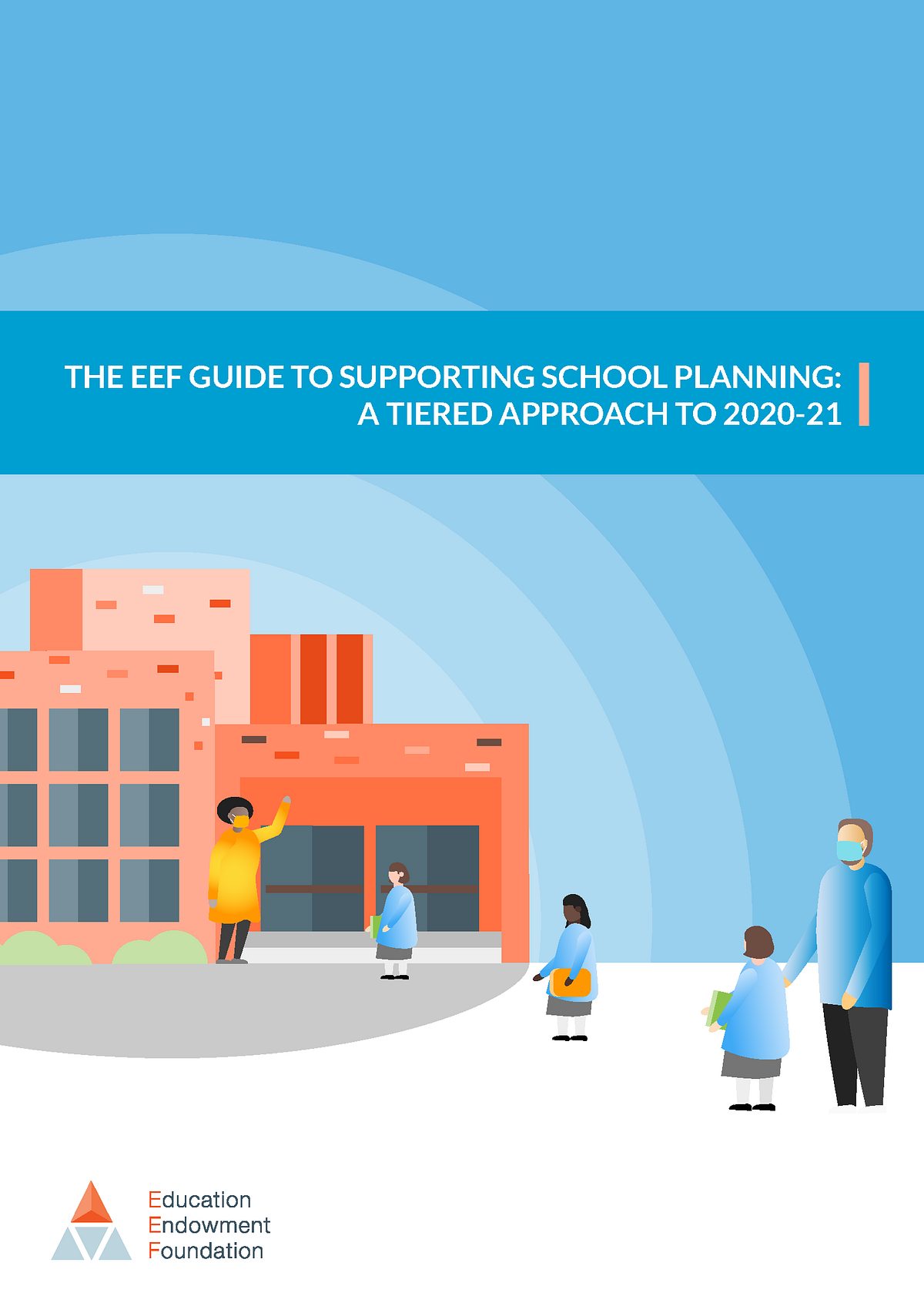Secondary School Leader, SENCo and EEF learning behaviours specialist Kirsten Mould explains how schools might tackle the implementation challenge of building effective learning behaviours.
A pupil cannot benefit from a lesson if they are not present, engaged in the lesson, and behaving appropriately for learning. As pupils walk back into our schools following a period of disruption, which is an ongoing challenge for many, what are the behaviours we are noticing?
For some, pupils’ reduced self-regulation to manage intense impulses may be resulting in misbehaviour. Here, school consistency and routines alongside trusted relationships with adults in school will be key. For others, challenges blur the lines between behaviour and learning
A child may be sitting quietly in our lessons, but not engaging in their learning or simply completing a task in a limited way. Reduced social and emotional resilience, independence and motivation mean we have to consider wider factors beyond our traditional school behaviour policy.
Central to EEFs work on positive learning behaviours to support struggling pupils is to take on the challenge of bringing together 5 EEF Guidance Reports. The messy reality of blending this much evidence brings challenges and opportunities. These guidance reports provide parts of a puzzle where we need all pieces to be connected and intact.

Dialogue around behaviour can sometimes prove polarising. It is now the time to bring professional conversation to the evidence base, recognising complexities and the spectrum of influence but collaborating on ways forward. DfE Behaviour Hubs share a similar evidence base to the EEF learning behaviours work. Alongside this, the Early Career Framework (ECF) and National Professional Qualifications (NPQs) are underpinned by EEF guidance and wider evidence. System leadership and school to school support via Teaching School Hubs and the Research School Network (RSN) will be bringing this together.
What are three crucial keys to unlocking effective implementation for improved learning behaviours?

1. A team is built to acknowledge the wide range of expertise needed for success
It is essential that those with capacity and authority to make change in school are all involved in teaching and learning conversations around effective learning behaviours. This will include the Headteacher, Teaching and Learning Lead, SENCo, Pastoral Lead and Middle Leaders. Communication between these members of staff is important to structure and to embed protected time within the school calendar.
This team will have their perspectives on evidenced practice to ensure change is sustained and a priority in school development planning over a period of years. Time to explore the school context, including pupil, parent and teacher voices is essential in order to bring a true understanding of local context and professional judgement to the evidence. This way we can accurately identify priorities for our schools.
2. A shared language for learning behaviours is understood and ‘lived’
In my school experience, underpinning the notion of effective learning behaviours is the fundamental belief that all children can be educated to learn and that all should have access to high quality teaching, without exception. Reflecting on our school culture matters. How is our ethos lived in the busy day to day reality? How do our behaviour policy and social and emotional approaches align?
Relationships matter. Relationships with pupils, with families, with school colleagues and wider professionals. As relationships and communication strengthen, our holistic understanding of pupil needs and strategies to overcome learning difficulties can be deliberately shared and integrated into every aspect of school life.
3. Multiple factors for effective learning behaviours are embedded within school CPD
Developing an understanding of the multiple factors for effective learning behaviours is core. For example, do we have a common understanding of the 5 high quality teaching strategies for pupils with SEND and are these strategies truly within the repertoire of every teacher in our school? How do we explicitly teach and model the 5 SEL core competencies as defined by CASEL?
High quality teacher professional development, alongside mentoring links for new teachers, are necessary for the consistent application of routines, strategies and language around learning. These skills can be explicitly taught, practised, modelled and reinforced, building long-term protective factors for deeper learning
And as a result…
We are looking for behaviour change in school which leads to improved outcomes for the young people we work with, particularly for those from disadvantaged backgrounds
We should ask: can our pupils self-regulate intense emotions and demonstrate a range of independent learning skills? Is their attendance good, with parents and caregivers involved in celebrating successes in and out of school? Do all young people experience the majority of their learning with their teachers, in the classroom, with their peers?
These outcomes give us a focus for reflection as we hit the ‘reset’ button for the new school year. The three keys for implementing learning behaviours effectively can unlock success for our pupils when September comes
References:
EEF – 5 guidance reports for learning behaviours
Ellis and Tod (2018) ‘Behaviour for Learning: Promoting Positive Relationships in the Classroom’
Jones, Bailey, Brush, Kahn, Harvard (2018), Preparing for Effective SEL Implementation
Webster and Blatchford (2017) The Special Educational Needs in Secondary Education (SENSE) Study
